Today I want to share with you the second part of my selection of photos taken at the world-famous Château de Versailles, just outside Paris, France. You can read part one here
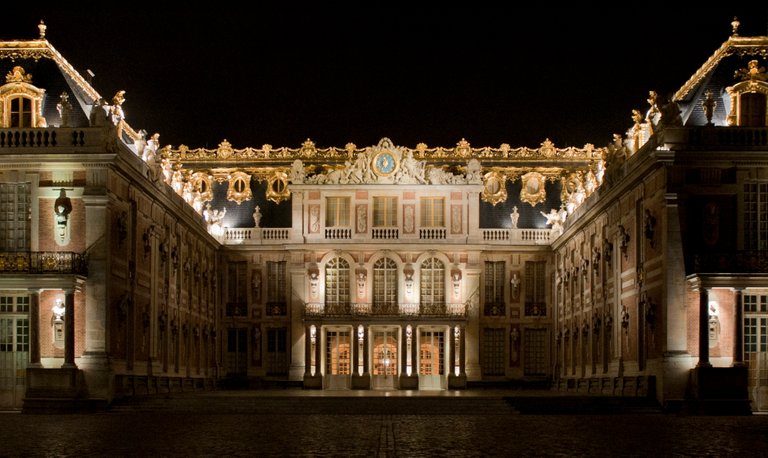
In my last post I shared photos taken outside the palace, concentrating on the gardens; this time, I'd like to you take you inside the main building and into what is perhaps the most famous room in the Château: the Galerie des Glaces (Hall of Mirrors in French). As I said before, this huge space - a ball room of sorts - is routinely used to host diplomatic events (the Treaty of Versailles in 1919 and the reception for President Putin in 2017 being two of the most famous), but it is also used throughout summer to stage an unusual event put on for tourists: la Sérénade Royale is a demonstration of baroque dance, performed by professional dancers in period costume.

The dance performance is usually carried out in the late afternoon -- with all the windows open in an attempt to relieve the intense summer heat -- just before a fireworks show in the palace grounds. Unlike in winter, when there is very often no one around and you can literally lose yourself in the extensive park gardens where there is nothing to prove you have not actually been teleported back to the eighteenth century, during the summer months the château is teeming with tourists, so the show is a nice way to bring the past to the fore and distract your attention from all those T-shirts, jeans, baseball caps and flip-flops which can invariably ruin the atmosphere...
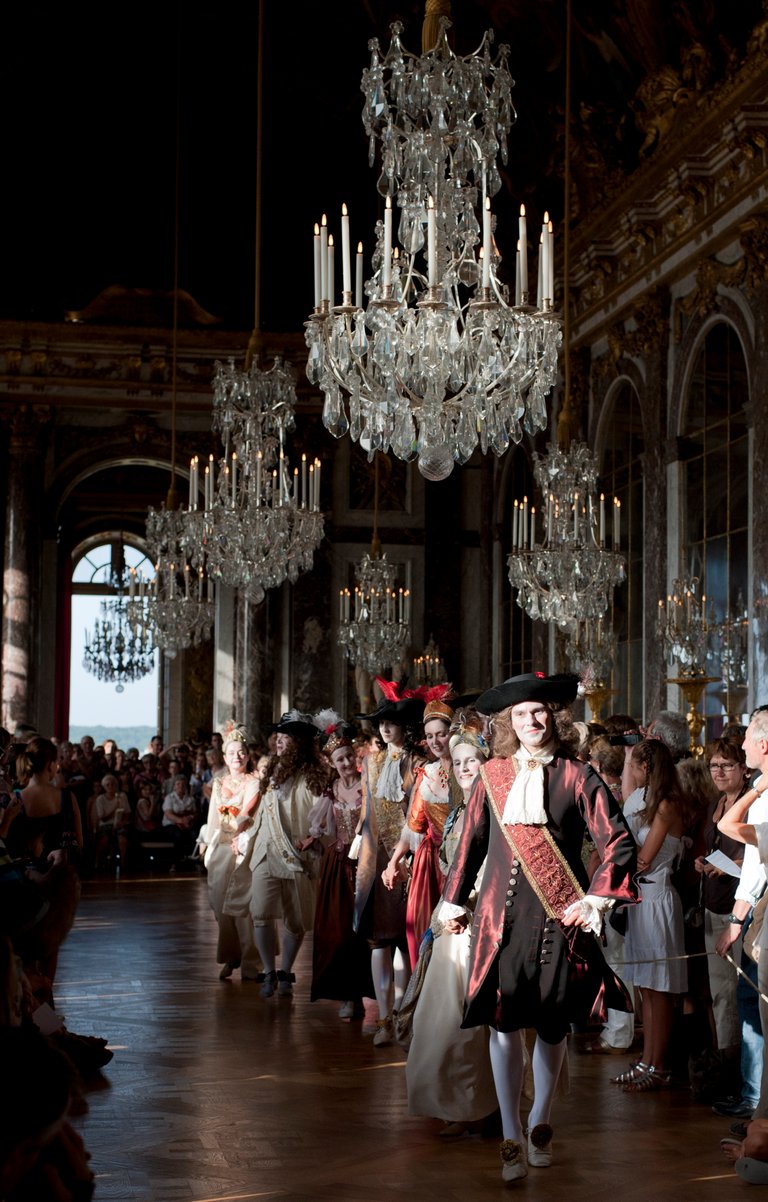
The dancers are all members of a professional troupe specialised in baroque dancing. Apparently, when they are not performing at Versailles, they travel the world demonstrating and taking part in events.
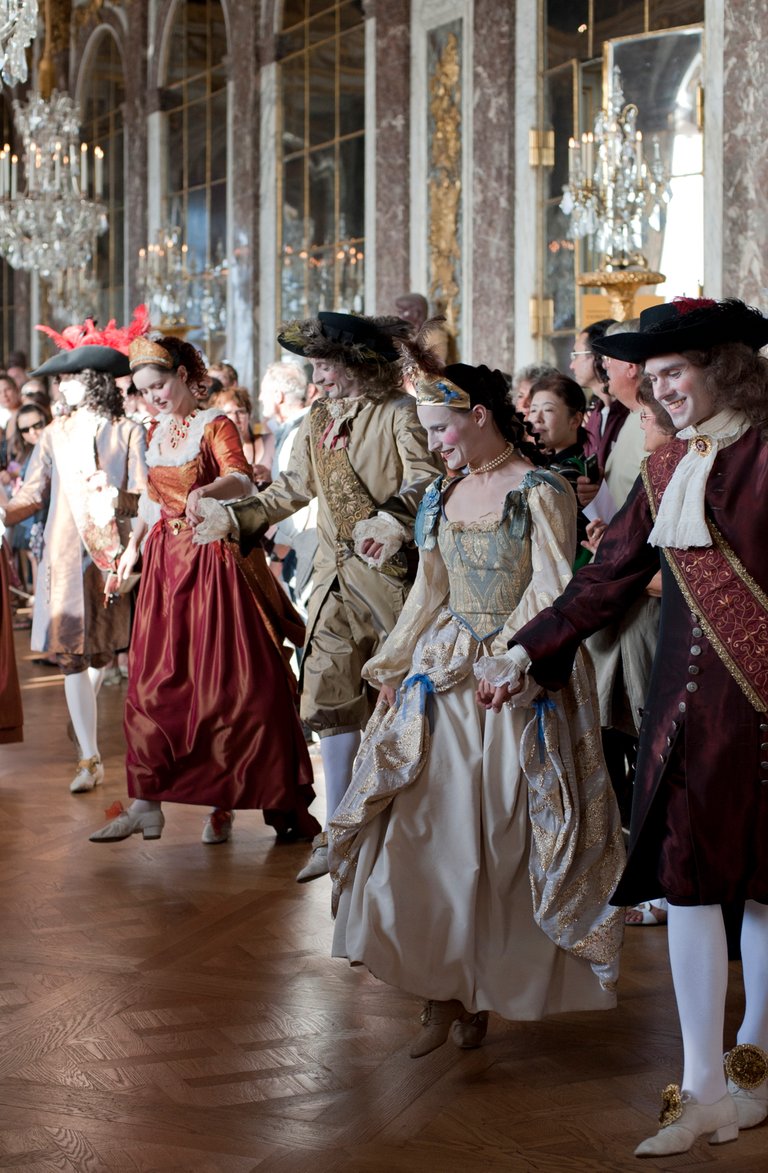
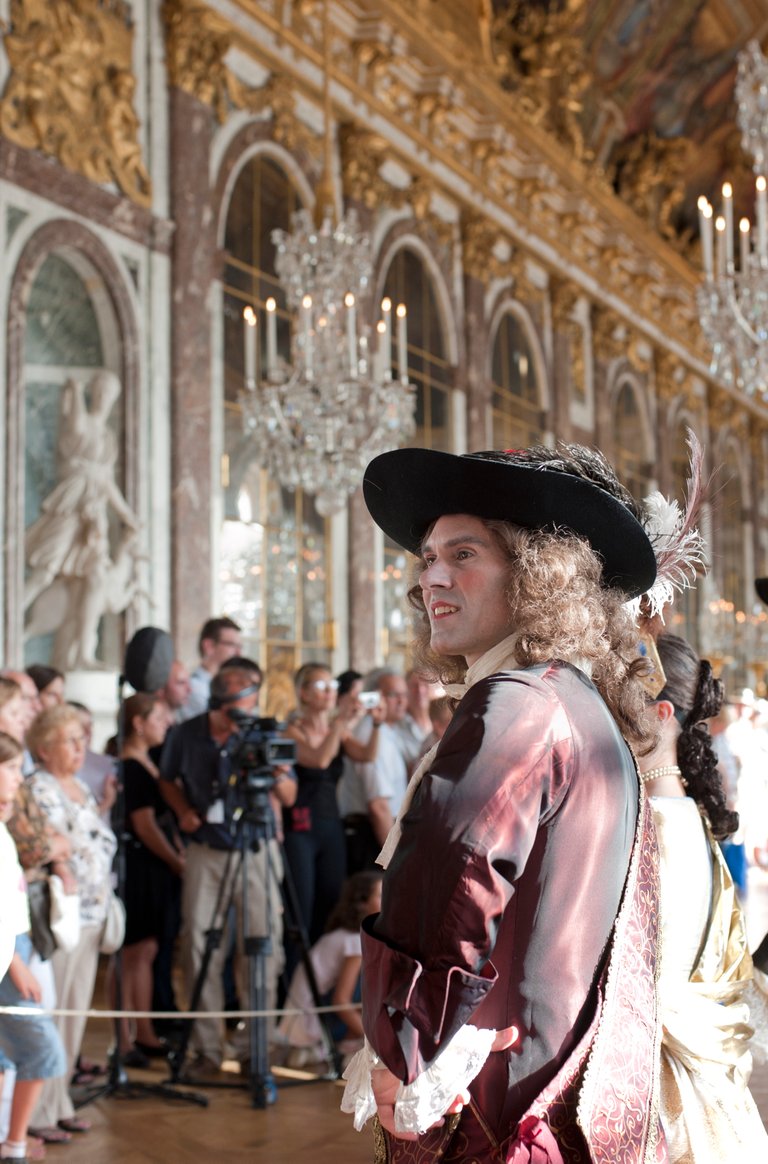
Apparently, court life in 17th and 18th century Versailles (and pretty much elsewhere, too, I expect) was a pretty smelly affair. Watching those dancers, it's easy to understand why: heavy dresses, jackets, shirts, hats, thick tights and gaudy make-up must all have made even the most basic movements hot and uncomfortable, let alone dancing in the hot summer months...
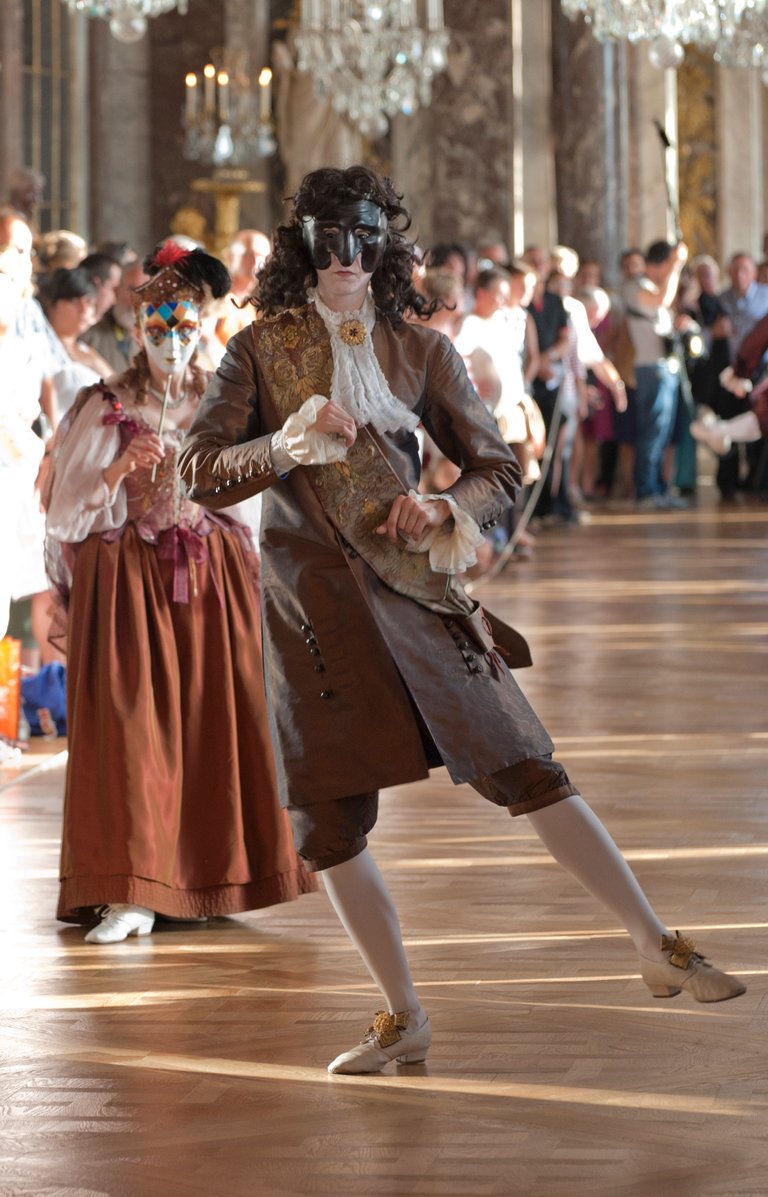
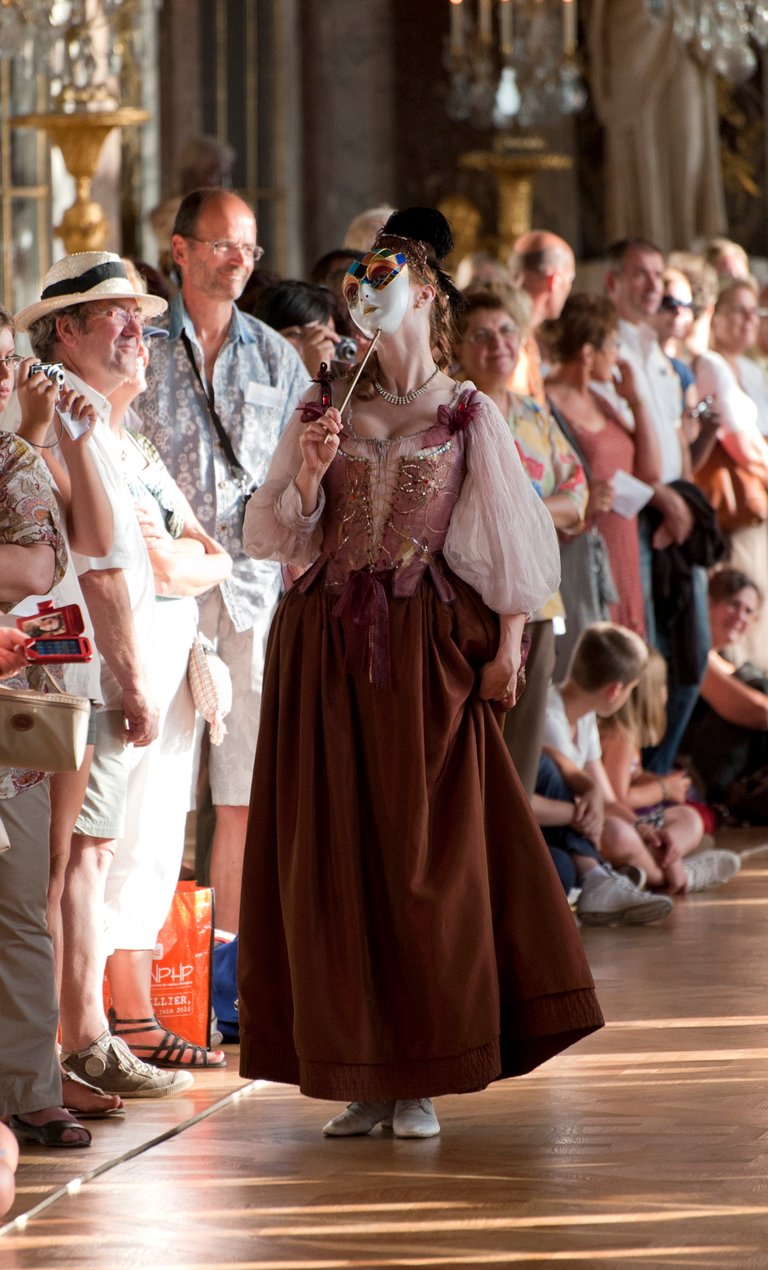
One other interesting aspect of the dance performance was that it brings home how simple and formalised European dancing was in the past. It was also strikingly similar to traditional dancing from other parts of the world (Japan, for example), reminding me of one of pet themes while at university: the notion that East and West are opposed is only really true if you compare eastern tradition with western modernity. When you compare like with like it becomes pretty obvious that peoples all over the world have much more in common than we are commonly led to believe...
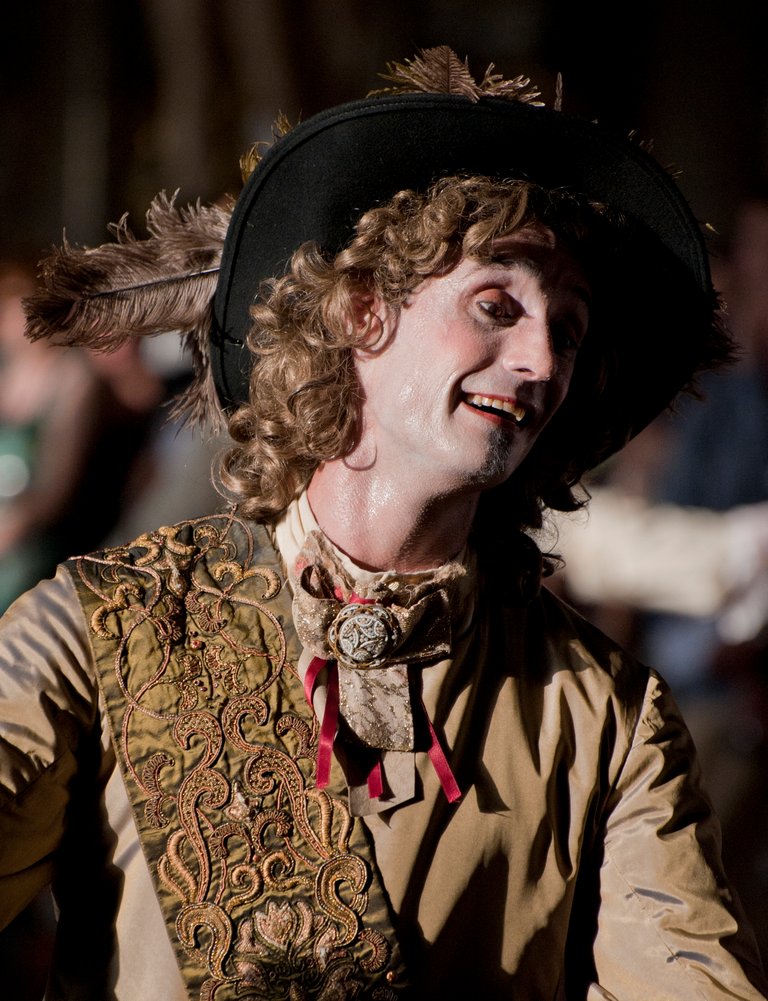
Hope you like the photos: let me know what you think!